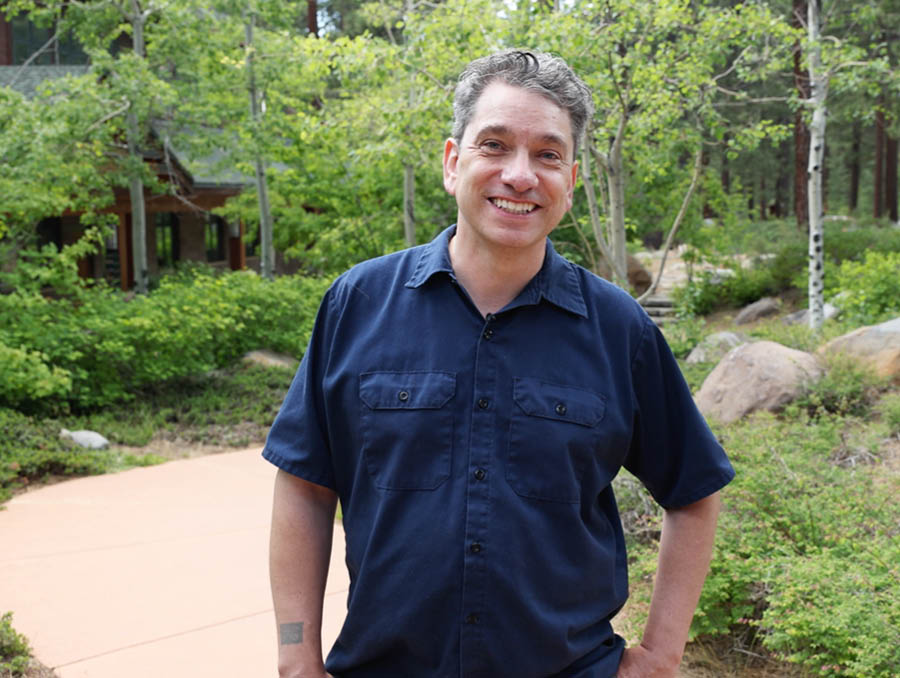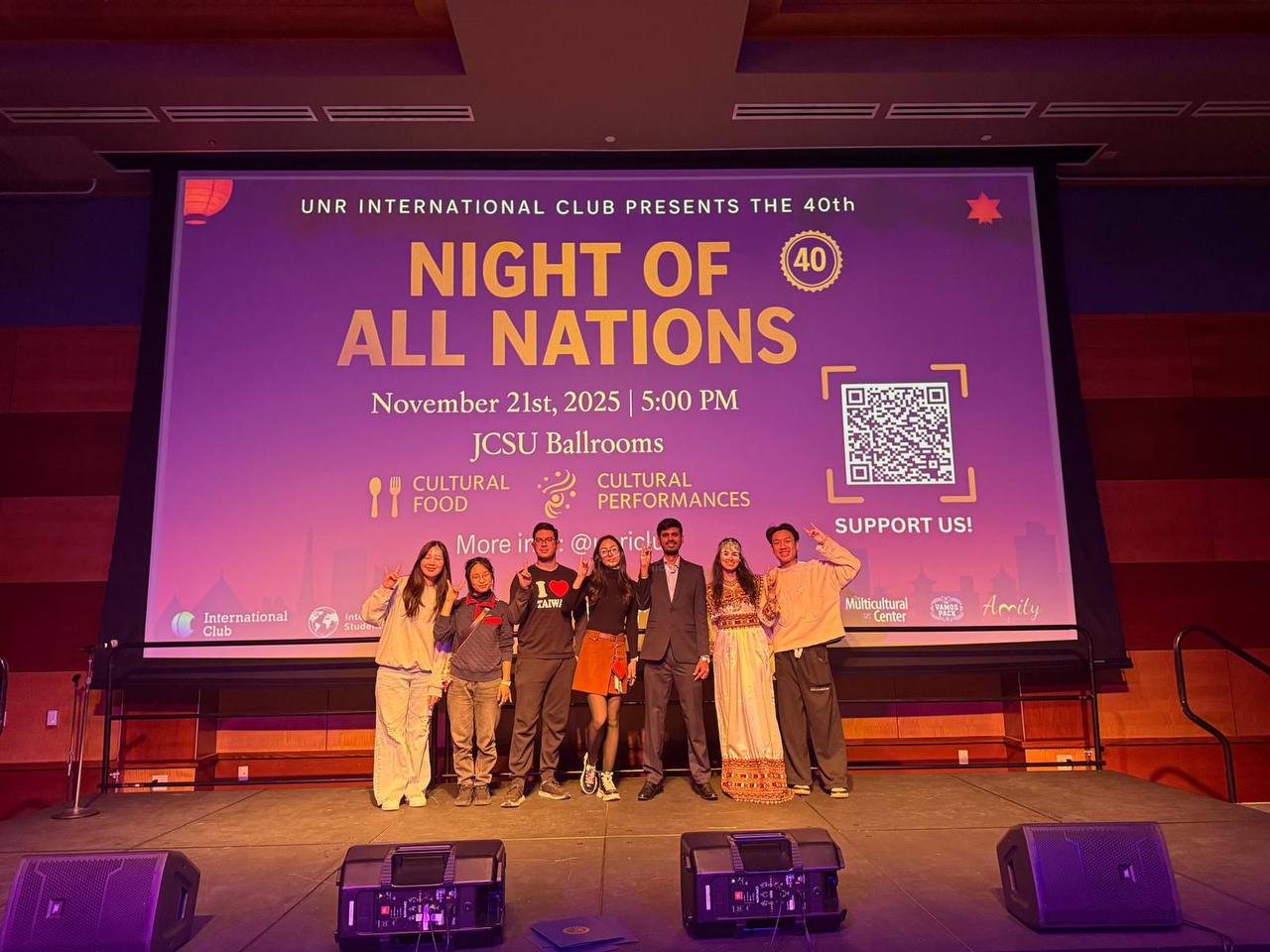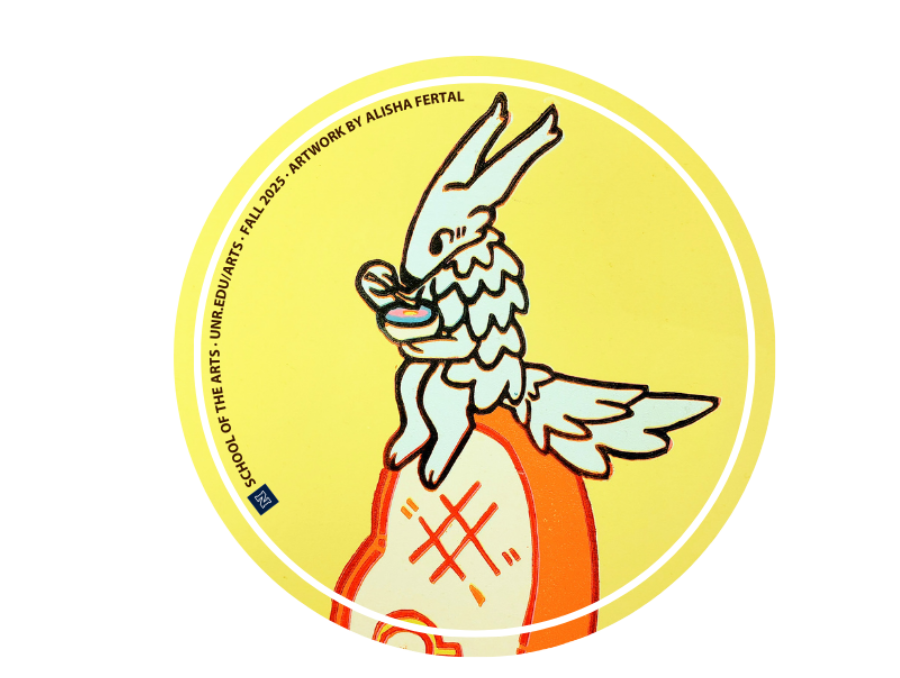The Reno-Tahoe area is known for beautiful landscapes and endless recreational opportunities, but to those who live here, like artist and Teaching Professor of Art at the University of Nevada, Reno at Lake Tahoe Chris Lanier, the area is so much more. Recently named the 2024 Reno City Artist, Lanier has spent a lifetime building a portfolio both in digital and traditional mediums, exploring how art can be used as a method for communication. Now, in his exhibit Backyard Radiance showing in the Metro Gallery in Reno City Hall, he examines what defines Reno beyond the classic landscapes and attractions, and into the smaller moments that make up a life spent here.
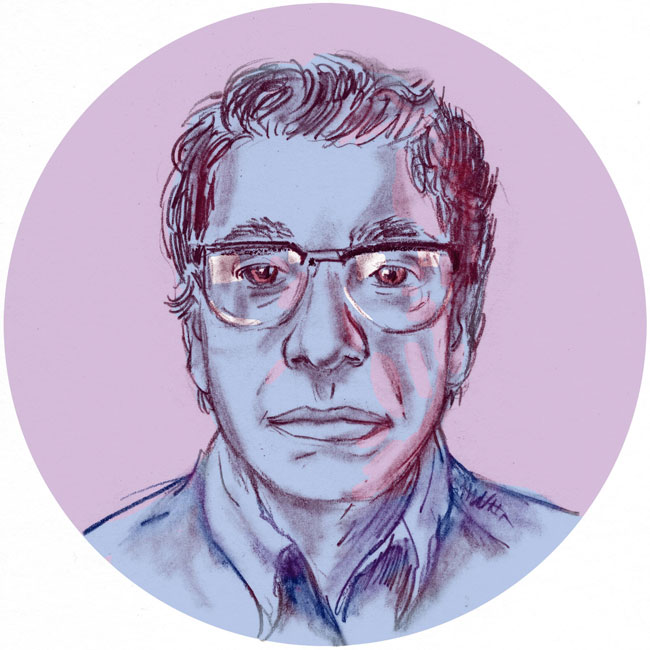
As part of being named the 2024 Reno City Artist, Lanier will curate two shows at the Metro Gallery. His solo show "Backyard Radiance" will run March 25 - May 17, 2024, and his other show, "Slow Draw," runs from September 30-November 22, 2024, and features three Reno-based artists: Jessica Hayworth, Otis Poisson, and Kelly Chorpening, chair of the University’s art department.
“The curated show is a great opportunity to work with some artists I really admire, and also an opportunity to make some connections between their work,” Lanier said. “All of them draw with a really refined, fastidious, careful approach toward their subjects – that’s why it’s called ‘Slow Draw.’ I see the deliberateness of their approach in relation to ‘slow’ cultural movements, like ‘slow food’ or ‘slow fashion’ – where value is given to processes that take time. Mainstream culture tends to frame quickness as an unassailable virtue – you see it in art with the use of Artificial Intelligence to generate visually complicated images in a matter of minutes, or seconds. But taking care in process, or being deliberate in one’s relationship with the world (drawing something from observation is an act of creating a relationship with the world), has its own counter-value.”
That relationship with the world and with Reno is what Lanier focuses on in "Backyard Radiance." By capturing photo and video in the city and at home, his audience catches a glimpse of a life lived in curiosity, making the City of Reno come alive through art.
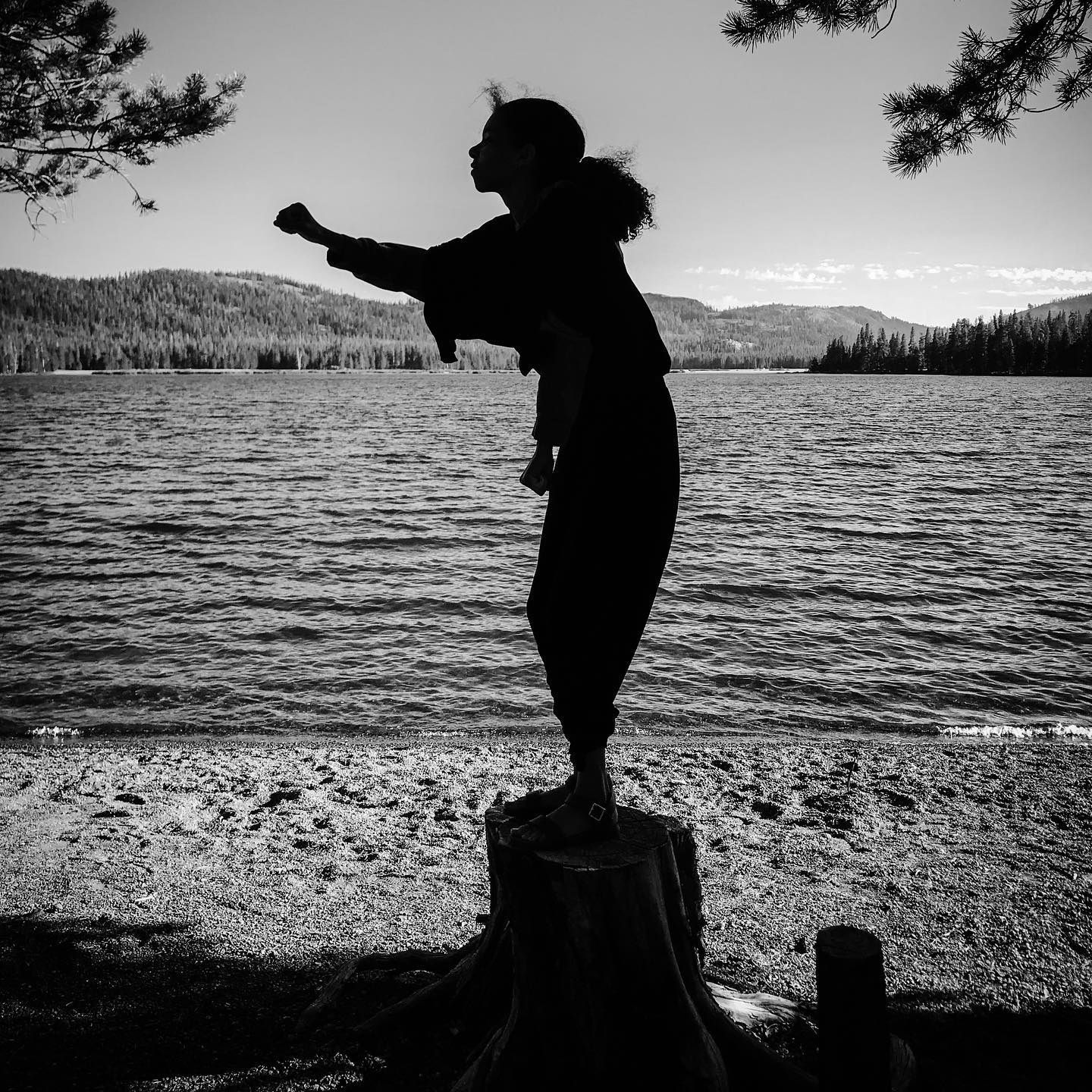
“Some of the images in my photos are traditionally beautiful, but what makes me interested in taking a picture is usually something beyond that,” Lanier said. “I’m looking for something unusual or unexpected – it could be a strange juxtaposition, or some surprising overlap of foreground and background that brings things together in a way that makes you do a double-take. A picture of a rainbow can be pretty, but I’d be more interested in taking a picture of a rainbow if it looked like it was springing out of a garbage can.
“Reno is full of those little windows into the unexpected. It has its eccentricities of architecture and signage, or unusual yard displays – its negotiations of urban infrastructure with its natural surroundings, trees and rocks and water and mountains. There is a wonderful quality of light here – desert light. The Lake Tahoe area, and Black Rock, are about expanses – there’s a monumental quality to the landscape. That’s hard to capture in the small window provided by Instagram, so my approach to those spaces is usually pointed at a more micro level – what’s underfoot or right under your nose. It might seem dumb to go up to Lake Tahoe to take a picture of a traffic cone that’s embedded in a wall of snow. But it’s not like I go up to Lake Tahoe with the intention of doing that – it’s just something I find along the way.”
Spending time to appreciate smaller details and idiosyncrasies in everyday life has served Lanier with more than one purpose. The simple act of slowing down, reconnecting with the present moment, and finding joy in the landscape has helped him process events outside of his work, and has left him with a greater sense of connection to the world.
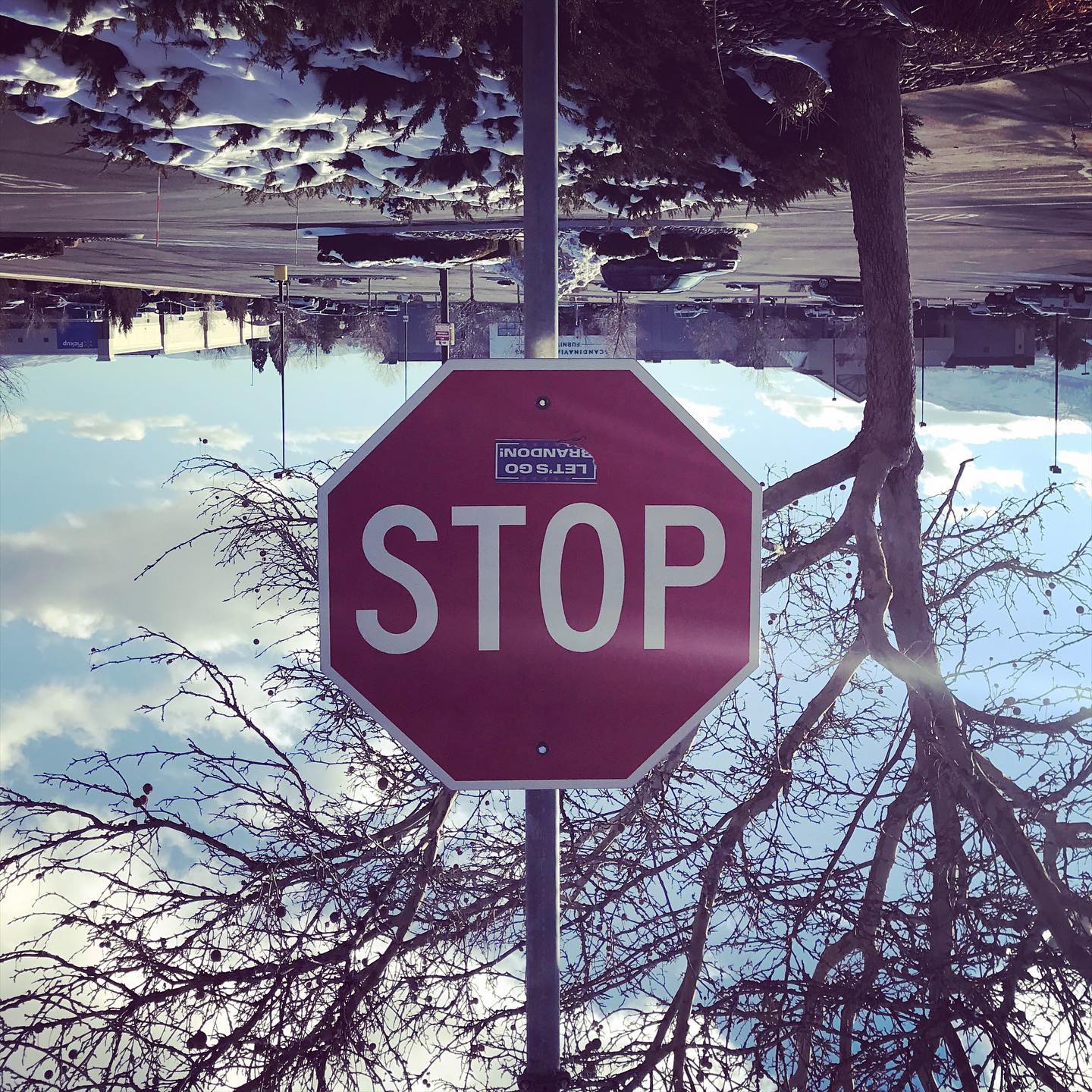
“I mention in my artist statement that, early into my time documenting these off-the-cuff moments on Instagram, I had a really rough year, with medical issues in my family, and other unwanted drama,” Lanier said. “And if I wrote a typical biographical narrative of that year, looking at the big picture, it would be somewhat gruesome reading. But looking back at the trail of images I’d left in my wake, I was aware of a counter-experience of that year, made of these small moments, grace notes of light and shadow and surprise. Things I would’ve forgotten if I hadn’t committed to taking a picture of them. It poses a question to me: is my life made up of events, or of moments? Of course the answer is both, but the photos have allowed me to recalibrate the balance, or the interchange, between them. I don’t know if I’d call that connecting to landscape, but it has shifted my connection to the world.”
If Lanier’s artistic legacy is partly built from the images he’s created as he travels through life, it is also made of the many classes he has taught throughout his career. With a passion for digital mediums, students who have taken his courses have left with skills to create from inspiration in the world around them.
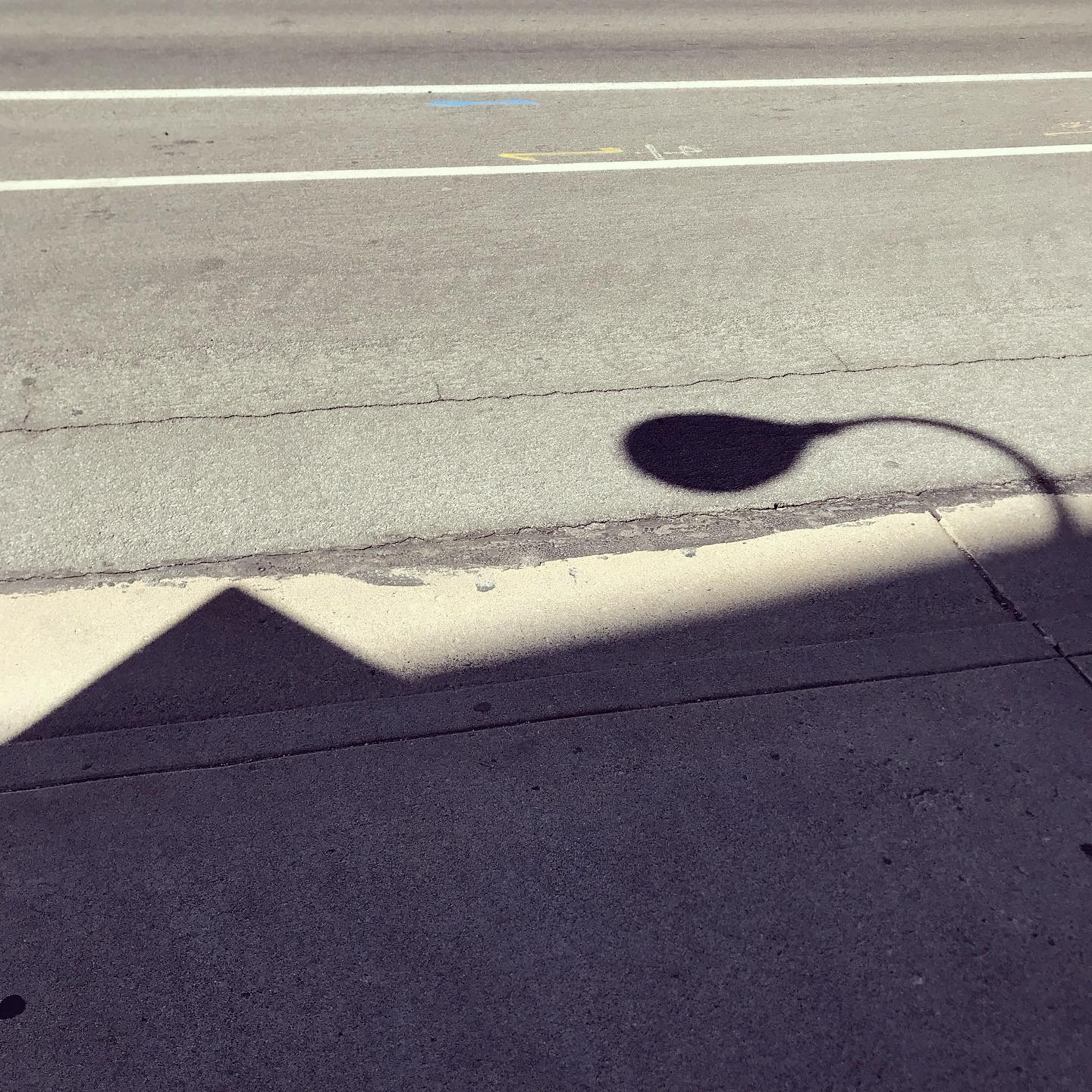
“I love to teach,” Lanier said. “Students put Instagram on my radar – and that’s emblematic of my experience of teaching as a creative interchange. Of course, as a teacher, I’m intending to impart knowledge, and to develop particular aesthetic and technical skills for my students. But beyond that, I try to make the classroom a venue where students bring their creativity to the fore, where we can all be artists together, asking art questions and solving art problems. It’s kept my mind, and my art practice, in a constant process of reinvention.”
Just like his students, Lanier continues to learn new aspects of his artistic process and is looking forward to new initiatives and projects coming up. With a focus on interdisciplinary education, he is excited to work with students and faculty on collaborative pieces, and continue his journey of finding ways to communicate through art.
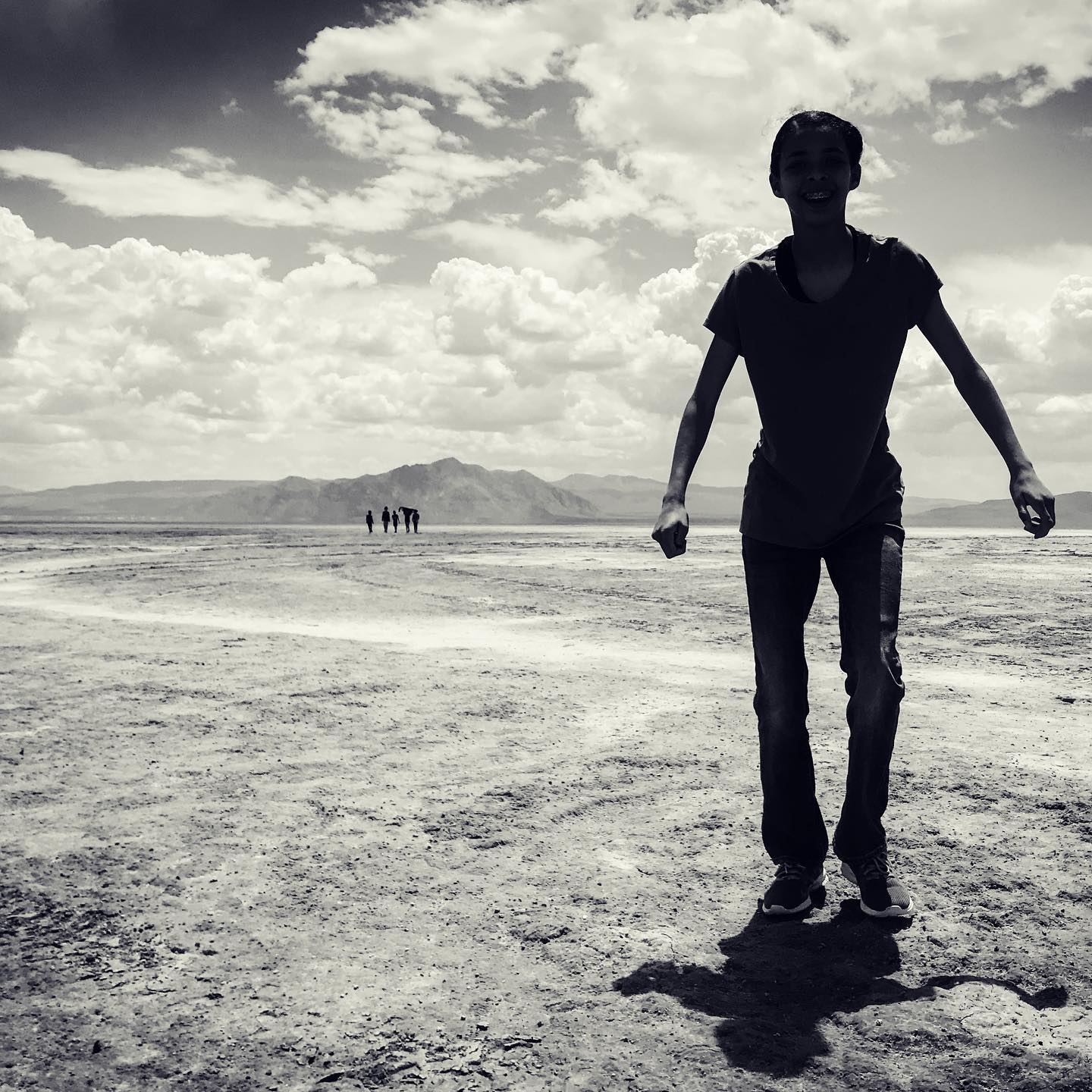
“Beyond these two shows, I’m excited about some projects we have going in a variety of classes this semester,” Lanier said. “I like to work on interdisciplinary projects, in collaboration with other teachers and artists, and have had some opportunities to do that this term. Rosie Trump, a professor of dance, has been working with me to help the students in my video class make a dance film. And that video class – along with two sections of an animation class, and a digital art class – are all producing work that’s going to be screened at the Fleischmann Planetarium. Paul McFarlane, the director of the Planetarium, has been very enthusiastic about screening student work there.”
“For the Fall semester, at the Lake Tahoe campus (which is where I teach the majority of my classes), we’re rolling out the Sustainability Certificate, where Reno-based students can take a semester of sustainability-focused coursework up at the lake. There’s going to be a very interdisciplinary approach to the curriculum, where my digital art classes – we’ll be using drones and other video tools – will be producing work that will be integrated into some of the sustainability classes. I’m very excited about it.”
About the University of Nevada, Reno at Lake Tahoe
Located less than one mile from the shoreline of Lake Tahoe, the University of Nevada, Reno at Lake Tahoe’s Wayne L. Prim Campus merges experiences across education, research, creative and scholarly work in a stunning mountain environment. Beginning Fall 2024, undergraduate students are invited to earn their Certificate in Sustainability during a single-semester program that will incorporate outdoor and experiential learning into the coursework. Events and activities throughout the semester encourage a deep sense of community while inspiring environmental stewardship of the Lake Tahoe Basin and all our planet's most precious natural resources.
In addition to its education offerings, the campus offers a robust program of community events and private conferences, welcoming the brightest minds in science, art and sustainability to Lake Tahoe.
The 18-acre setting in Incline Village includes 10 classrooms, several meeting/conference rooms, both large and medium events spaces, a cafeteria and catering service, highly equipped laboratories, 88 dorm rooms and the Lou Sardella Student Commons Lawn. The natural setting provides a living laboratory and serves as creative inspiration for both scientists, artists and students alike.
